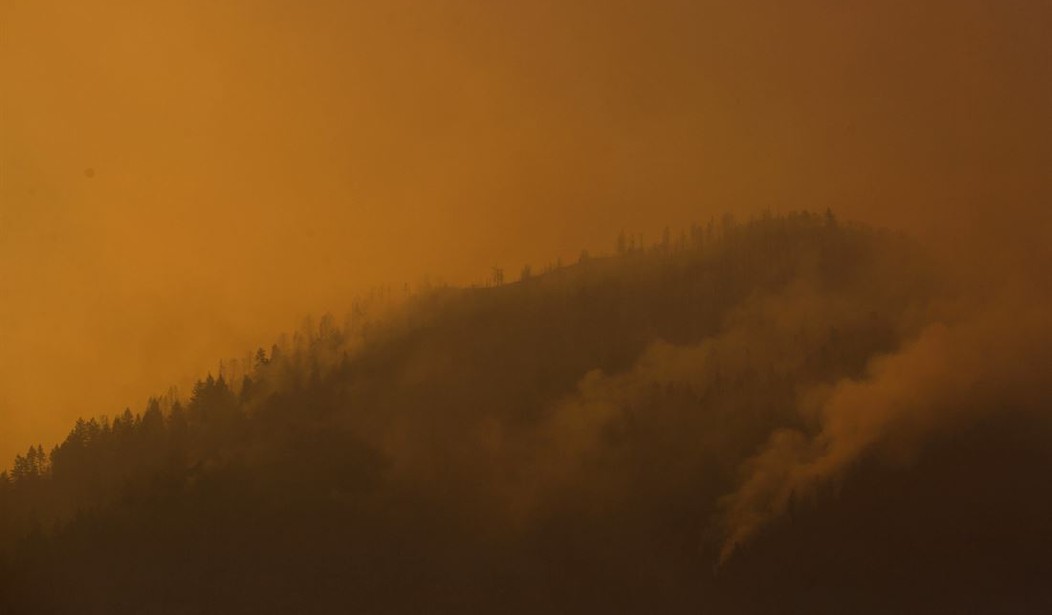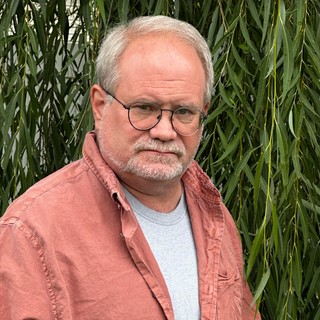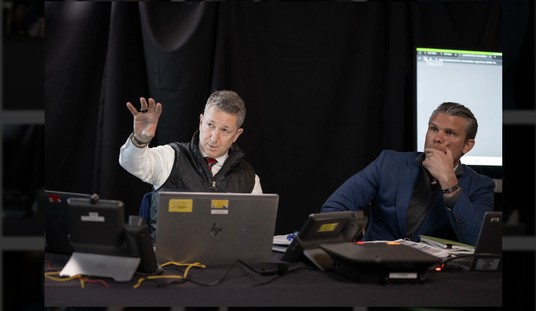So Canada is burning, and many in these United States took advantage of the layer of smoke that blanketed the eastern end of the country to beat the climate change drum like William Booth for the Salvation Army. Unlike those who live in California or the West, the orange skies and the smell have been frightening for people in the Eastern U.S., and that’s understandable. But a Canadian firefighter who goes by the handle “The Hotshot Wake Up” on Twitter helped put things in perspective.
From a Canadian firefighter who knows what’s going on: #canada #wildfire #smoke
(Worth the read)“I know you may know, but people need to know and understand that most Canadian wildfire management agencies have fire “zonation” policies similar to Alaska.
This means in large… pic.twitter.com/xcPbg0g345
— The Hotshot Wake Up (@HotshotWake) June 8, 2023
If what Hotshot says is true, it is in keeping with a forest management policy that has been in place in the U.S. for some time. Fire has a natural place in the ecosystem; it can be a very healthy thing. Take for example serotinous conifers. (“Serotinous” is a great Scrabble word, by the way.) The pine cones in serotinous conifers require some sort of event like a wildfire to open, drop their seeds and propagate the species.
Fire can also “clean up” a forest and make room for new and healthy plants and trees, so unless a town, power lines, utility plant, or another thing, which are also known as “values,” are threatened, the land management agencies may let a fire burn. This works very well in forests that are somewhere near the “healthy” range, but as any Boy Scout knows, the more fuel, the bigger the fire. So these days, it is not uncommon to get bigger and more destructive fires, which in turn make New Yorkers think that the world is coming to an end.
So how do you get fires that turn the skyline of the Big Apple a stunning shade of orange, brown, or perhaps more appropriately burnt umber? (That is an actual color and not just a crayon you never got around to using in grade school.) Much of it goes back to the Great Fire of 1910, also known as “The Big Burn” and “The Big Blowup” This catastrophe happened long before the effects of industrialization were threatening to incinerate us all. Despite the absence of climate change, the 1,736 fires took out around three million acres and killed some 85 people.
For Our VIPs: Democrats Are Hypocrites for Complaining About Wildfire Smoke. Here’s Why.
Not a VIP yet? Click here to become one.
The story goes that the smoke traveled eastward across the U.S. and even made it as far as Greenland. That was the genesis of the policy that all wildfires needed to be contained as quickly as possible. During my brief time as a firefighter, what was known as “initial attack” was a part of my duties. Find it, contain it, and control it ASAP. As a result, the dead trees and plants piled up. With the rise of the environmental movement, “logging” became a four-letter word, and then came the bark beetle. I have seen large stands of forest in Utah and Colorado with great grey swaths of trees that have been killed by this pest, all waiting for a lightning strike or careless camper.
As a funny aside, I remember being sent out to cut down beetle-infested trees on a tract of state land adjacent to Park City. The idea was to drop the compromised trees and then buck them and limb them. Another crew would come along and wrap the pieces in plastic so that the summer heat would cook the larvae to death and stop the spread of the beetles. I will never forget the well-heeled, well-dressed, and very indignant denizen of Park City who told me I had no right to cut down “his forest.” I tried to explain what we were doing. Unmoved, he vowed to file a complaint against me. Whatever. That should give you some idea of the mentality that is at work when it comes to these issues.
Theoretically, the dead trees were supposed to decompose and nourish the soil. This idea caught on in California, where Gov. Gavin Newsom also played fast and loose with the funding for fire mitigation in the state. This is a great idea on spec, but California and most of the Intermountain West have been in the midst of a serious drought for the better part of the last twenty years. Instead of decomposition, we get kindling.
There were parts of the national forest where I used to live where one could barely walk off the road because of the dead trees. Between the standing dead and down trees, the forest looked like an upended box of matches, which is what it was. And when a powerful fire rips through a forest, at least in Utah, the trees and native plants are often replaced with cheatgrass, which is more of a nuisance than anything else.
In 2002, the year before I started as a firefighter, the Mustang Fire plowed through the Ashley National Forest. It ate up 22,000 acres and threatened the town of Dutch John. The fire was so hot that it melted the headlights on some of the structure engines. The Neola North Fire in 2007 claimed three lives and 43,511 acres and prompted multiple evacuations. It also threatened a water treatment plant of the Ute Tribe. I remember that well because I was there.
Hotshot is correct about letting fire “do its thing,” and that can work well in some instances. In the U.S. the drought has not helped, but we have had droughts for millions of years. But containing and controlling all fires didn’t help, nor did enacting policies that amounted to assisted suicide for forests. If Canada’s resource management policies are anything like those of the United States (and I suspect they are), that would go a long way to explaining the smoke in the air, which would mean that those fires are human-caused. But it had nothing to do with anthropogenic climate change.










Join the conversation as a VIP Member